Retro Review: Ford Mustang II
The Ford Mustang II rewrote the script of what a Mustang was. Fans today detest the slow and gaudy Mustang II. But is that hate deserved?
Redefining the Mustang
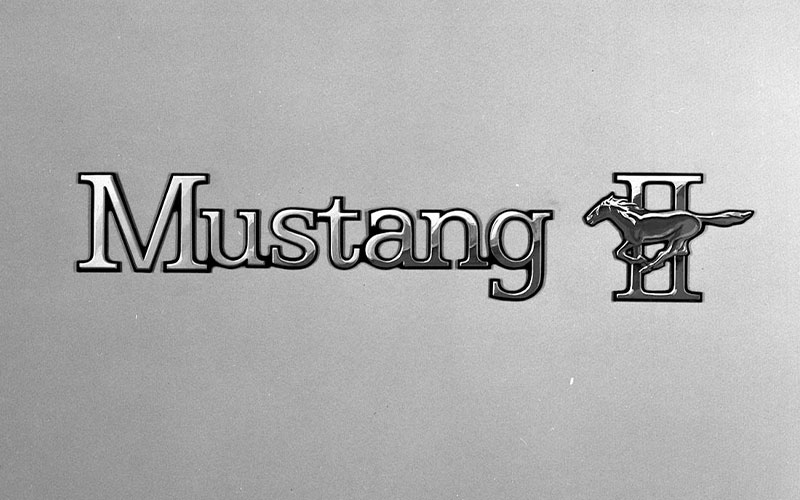
If the history of car marketing teaches us anything, it’s the value of a distinct, memorable, and evocative nameplate. Automotive executives love the easy “win” of slapping a familiar name on a new product to get the public interested. The Ford Mustang Mach E is a prime modern example (also the Bronco, Hummer, and Acura Integra to name just a few others). Generally, Mustang devotees took this move as sacrilegious. It’s not a coupe! It’s got four doors! It’s not even internal combustion! How can they call it a Mustang!?
But if we look back at the history of the Mustang, it’s clear the Mustang Mach E isn’t the first time Ford borrowed the Mustang’s cachet for practical purposes. Indeed, the second-generation Mustang II has long been considered less than a “real Mustang” given its mediocre performance. But as we’ll see below, put the Mustang II into its proper context and the car goes from a regrettable diversion to an unsung hero that kept the flame and the name of the Mustang alive through dark times.
More Than a Pinto Rebadge
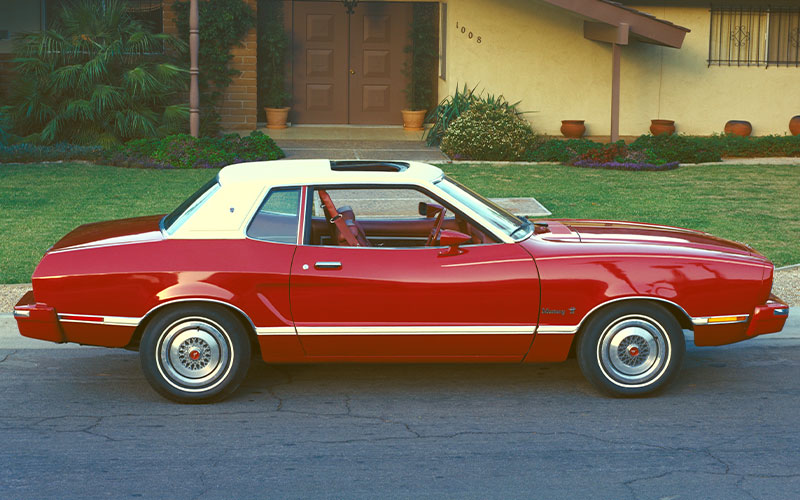
So why is it Mustang lovers love to hate on the Mustang II? First, there’s the very dated, oddball, sometimes over-the-top styling. And then there’s the lack of anything like the performance the Mustang had been known for up until about 1971. Heck, the Mustang II was built off the same platform as the Pinto for gosh sakes! (I’m fairly sure this is how hardcore Mustang guys talk in the garage amongst themselves.)
In history, context is everything, and thus is the case with the Mustang II. Back in the early 1970s, it was already clear to car executives like Ford’s Lee Iacocca that the muscle car segment was on the way out. New emissions regulations and soaring insurance premiums were effectively a death knell for high horsepower cars and existing nameplates were being forced to adapt like the Mustang did or die like the Pontiac GTO and many other muscle cars did.
Iacocca saw these market imperatives coming and, for the Mustang’s second generation, sought to pivot the car to something smaller and more refined. He wanted the new Mustang to be a “little jewel” of a car, language that would eventually see its way into the car’s marketing. The shift proved prescient as the 1973 Oil Crisis quickly had consumers looking for smaller, more efficient cars.
Year One
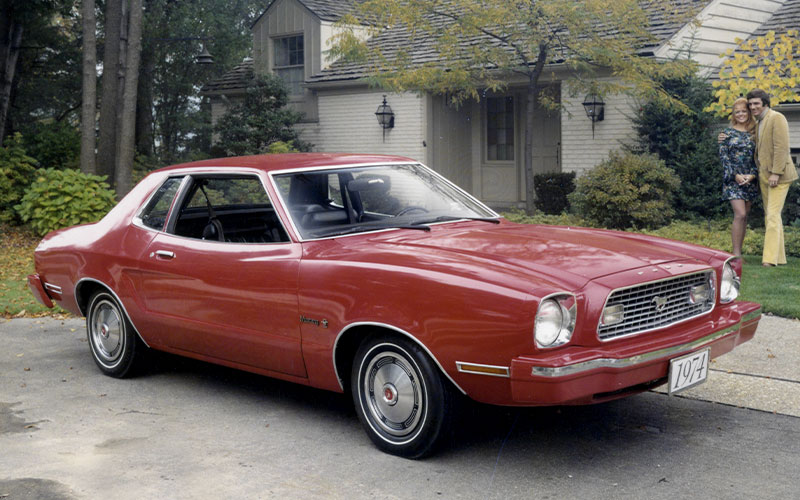
The new Mustang II arrived in 1973 (as a 1974 model year), thoroughly rewriting what the Mustang name was supposed to signify. Along with the new Pinto platform, there were upgrades to the suspension, new rack-and-pinion steering, and new styling. The Mustang II was offered in two body styles, a 2+2 notchback coupe or a three-door liftback. Glaringly absent was any convertible option.
Even more startling, and not in a positive way, was what came under the hood of the Mustang II. The base engine was a 140 cu.-in. SOHC inline-four makes a whole 88 horsepower. Too tame for your blood? How about a 171 cu.-in. V6 with 105 horsepower?! Not much better, eh? That’s right, for one ignominious year, 1974, the Mustang did without a V8 option. But fuel economy was the order of the day and despite the lack of horsepower, the new Mustang II, starting at $2,895, sold well in its initial year moving over 296,000 units, more than double that of the ’73 model.
Look Fast to Feel Fast

For 1975, Ford saw the error of their ways and gave the Mustang II a V8 option in the form of a 302 cu.-in. engine with a two-barrel carburetor good for 140 horsepower. Though a far cry from a 427, the new V8 allowed the Mustang II a zero to sixty time of 10.5 seconds. Reviewers complained that the V8’s weight only added to the car’s ponderous handling while doing little to improve acceleration. But remember, the Mustang II was now closer to the Ford Thunderbird, the original personal luxury car, than it was first-generation Mustangs.
The luxury Ghia trim makes this shift clear. The Italian design house Ghia had recently been purchased by Ford and so the Mustang II got a heavy dose of European refinement with its Ghia trim for the coupe body style. This started with a vinyl landau roof, opera windows, subtle pinstriping, and wide body side moldings. Inside the Ghia trim featured velour carpet, faux wood dash trim (even on the gauges!), and interior courtesy lighting.
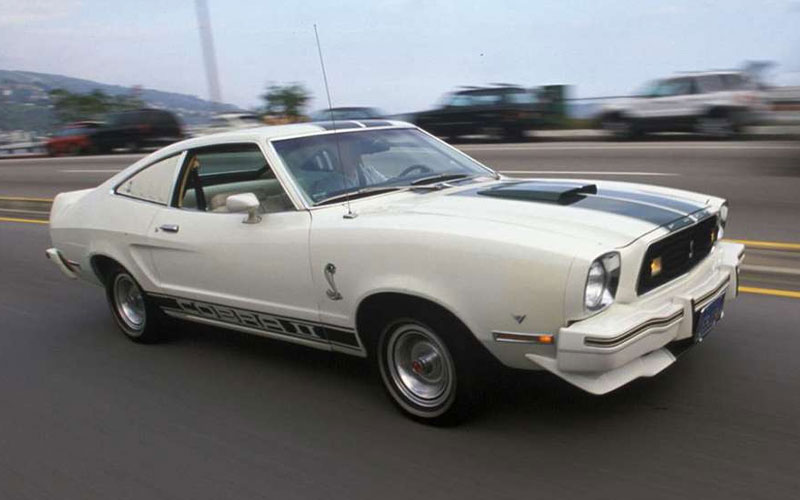
Meanwhile, the three-door hatchback brought back the Mach 1, but with the V6 motor, it did not offer the kind of performance once associated with the name. Ford also added an “MPG” trim to emphasize the Mustang II’s purported 23/34 mpg when equipped with the 2.3L I-4. Sales were down a bit from the Mustang II’s premier, but the 1975 car still did well, moving approximately 190,000 units.
The Mustang II added new cosmetic trims for the 1976 model. The Stallion trim featured a blacked-out grille and two-tone paint. The Cobra II was determined to make the Mustang II look fast even if it wasn’t. This package gave the car a rear spoiler, faux hood scoop, and Shelby-like racing stripes. The Cobra II was even featured in the Charlie’s Angels television show.

The 1977 model year mostly carried over from the prior year’s car, but optional T-tops were added so owners could again experience open air driving in their Mustang. The 1978 Mustang II added more color options and an even wilder King Cobra trim that got buyers the most aggressive looking Mustang II to date. The King Cobra added a chin spoiler, rear spoiler, T-tops with a Targa band across the back, fender flares, and a distinctive paint scheme.
Mustang II, the Unsung Hero?
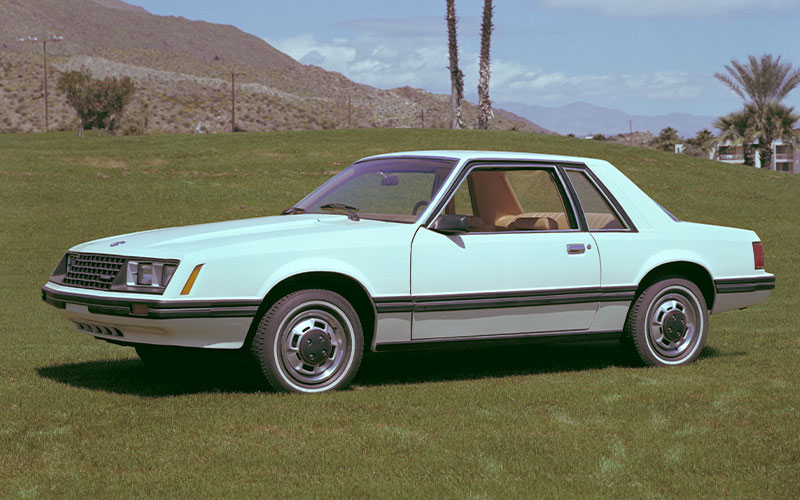
The Mustang II’s five model years have been the shortest generation of any Mustang. Despite its reputation among Mustang diehards today, the Mustang II sold well during its run, topping 1.1 million units. In 1978, the new 1979 Fox body Mustang brought back a degree of power and performance the car had been lacking and shifted the Mustang name back squarely within the realm of the muscle car.
It’s easy to hate Mustang II. It was slow and handling was sloppy, and its semi-luxury styling was closer to that of a Thunderbird than a first-gen Mustang. But the Mustang II also weathered one of the roughest periods in automotive history. Stiff regulations and the Oil Crisis (not to mention the hit-and-miss fashions of the time) conspired to produce large, slow, garish cars and a good many small and efficient cars, like the Mustang II, as well. The Malaise Era, as it became known, could have killed off the Mustang as it did so many other muscle cars. It took the wisdom of Lee Iacocca and company to shift with the times while preserving a valuable and much-loved nameplate.
So, deride the Mustang II if you must, but there might not have been a Fox body to return the Mustang to its former glories without the Mustang II to carry the name through the roughest years of the Malaise Era.


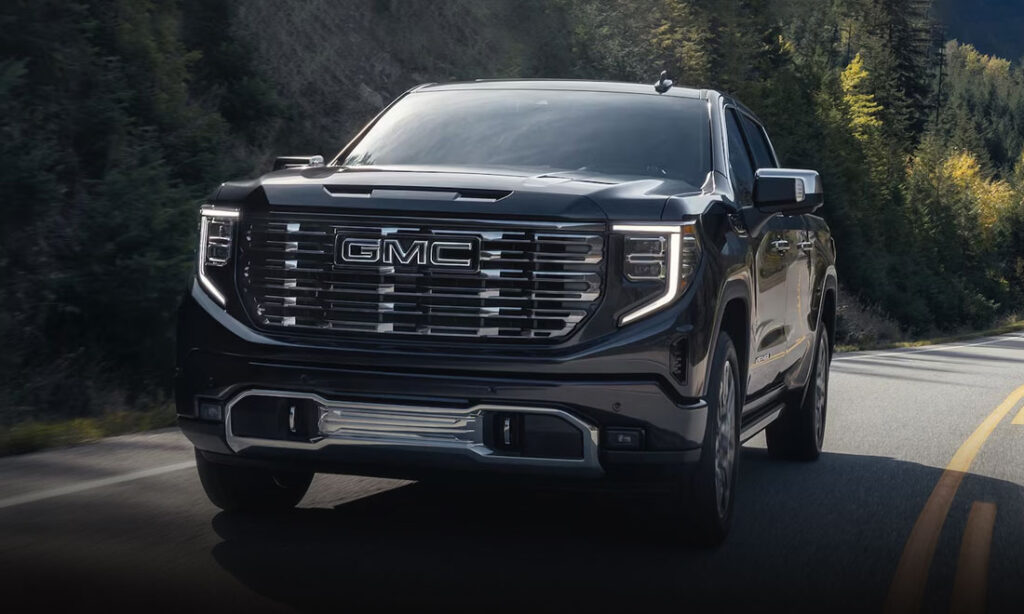
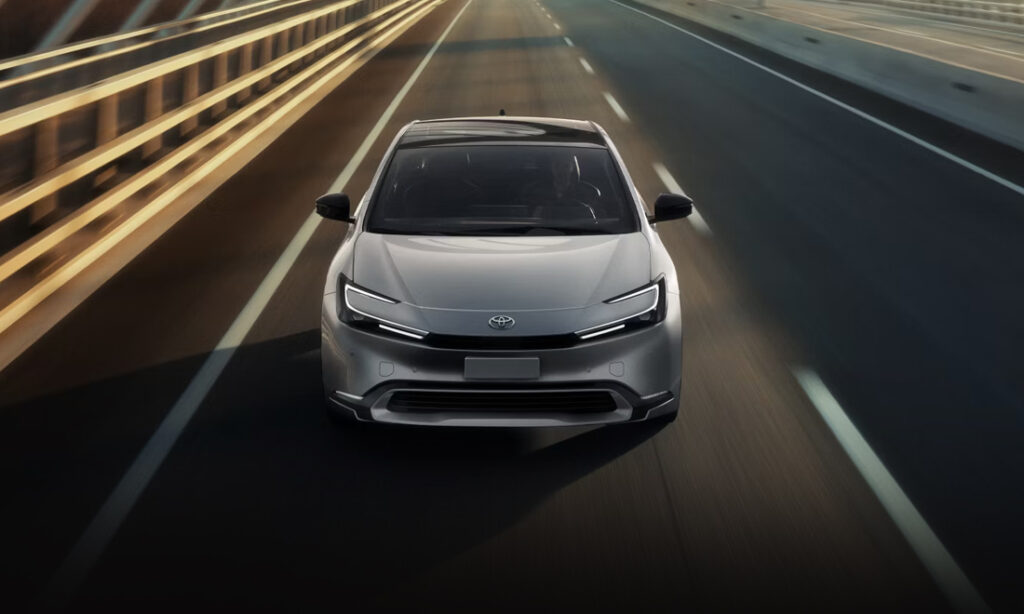
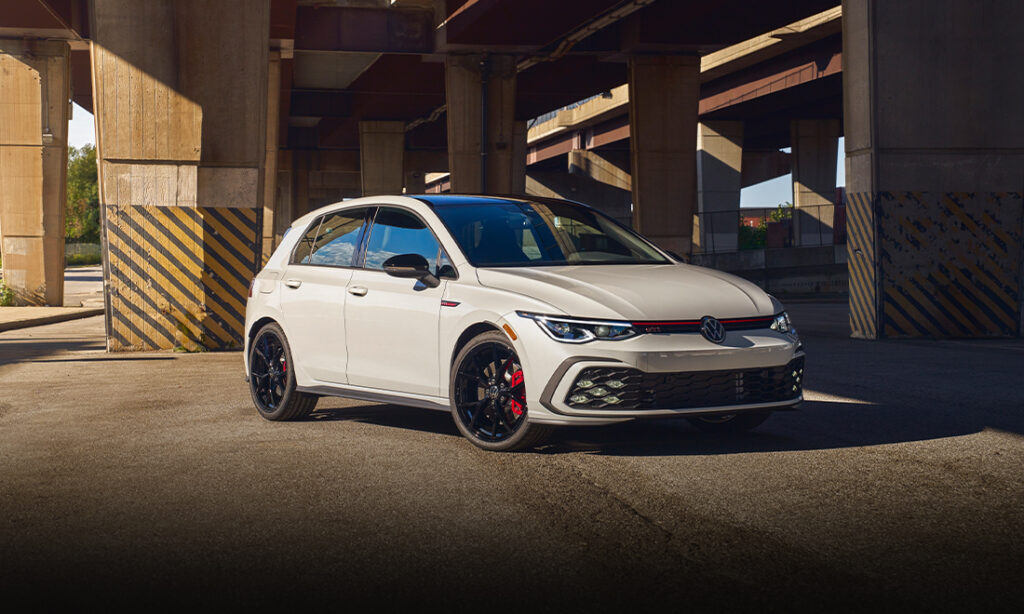
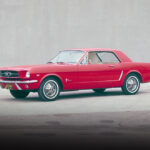




I had a 77 Mustang II
GREAT LITTLE CAR